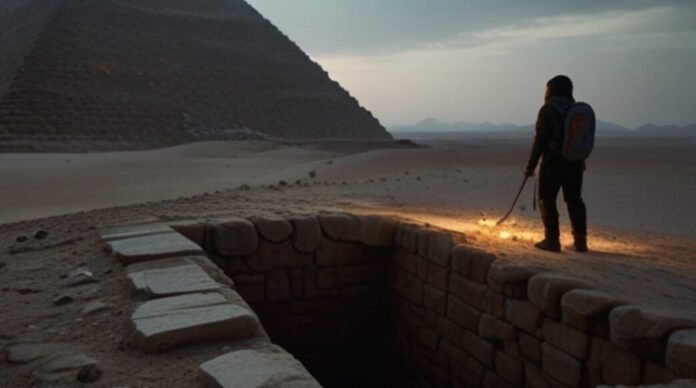Yonaguni monument may be proof of a forgotten civilisation, predating Egypt’s pyramids by millennia.
A mysterious stone monument submerged off Japan’s coast is reigniting fierce debate among archaeologists and historians — and it could upend everything we thought we knew about the dawn of civilisation.
Known as the Yonaguni Monument, the massive underwater structure lies 82 feet beneath the surface near the Ryukyu Islands. Measuring over 90 feet tall and featuring sharply defined steps, flat terraces, and symmetrical platforms, it bears a striking resemblance to an ancient temple — despite being more than 10,000 years old.
That astonishing timeline would place its creation long before Egypt’s pyramids or England’s Stonehenge, potentially making it the world’s oldest human-made structure.
Since its discovery in 1986 by a local diver, the Yonaguni Monument has puzzled scientists. Some believe it’s the result of natural geological forces, while others argue it is clear evidence of a lost civilisation — one that predates agriculture itself.
Nicknamed “Japan’s Atlantis,” the monument recently returned to the spotlight thanks to a heated debate between author Graham Hancock and archaeologist Flint Dibble on the Joe Rogan Experience. Hancock, long known for his controversial theories on ancient civilisations, believes Yonaguni is the remnant of a long-forgotten culture.
“I see intelligent design — carved steps, megaliths, even an engraved face,” Hancock claimed, arguing that the monument should be taken seriously as evidence of a sophisticated society existing more than 10,000 years ago.
Dibble, however, dismissed the theory. “I’ve seen a lot of crazy natural formations, and this looks like textbook geology,” he countered, pointing to the region’s seismic activity and how sandstone breaks naturally along flat planes.
Japanese marine geologist Masaaki Kimura has also supported the idea that Yonaguni is man-made. In past studies, he has suggested the monument might have been constructed 2,000 to 3,000 years ago, when sea levels were significantly lower. Kimura even theorised it could be linked to the lost continent of Lemuria, a mythical sunken landmass in the Pacific.
If Hancock and Kimura are correct, Yonaguni could rival Göbekli Tepe in Turkey, widely recognised as the oldest known man-made religious site, dating back to around 9500 BC. Such a revelation would challenge conventional understandings of when complex societies first emerged.
Critics, however, remain sceptical. Boston University’s Professor Robert Schoch argued the monument’s design is natural, citing “basic geology and classic stratigraphy for sandstones.” In an earlier interview with National Geographic, he explained that tectonic activity in the region would naturally create such angular features.
But that hasn’t stopped believers from dreaming bigger.
For many, Yonaguni represents more than just a pile of rocks. It’s a tantalising mystery — one that touches on long-held legends of lost civilisations, sunken continents, and ancient knowledge buried by time and the sea.
With new technologies in underwater scanning and dating, experts hope further exploration may settle the argument once and for all. Until then, the Yonaguni Monument will remain one of the most captivating and controversial enigmas beneath the waves — a possible key to rewriting the story of human history.
